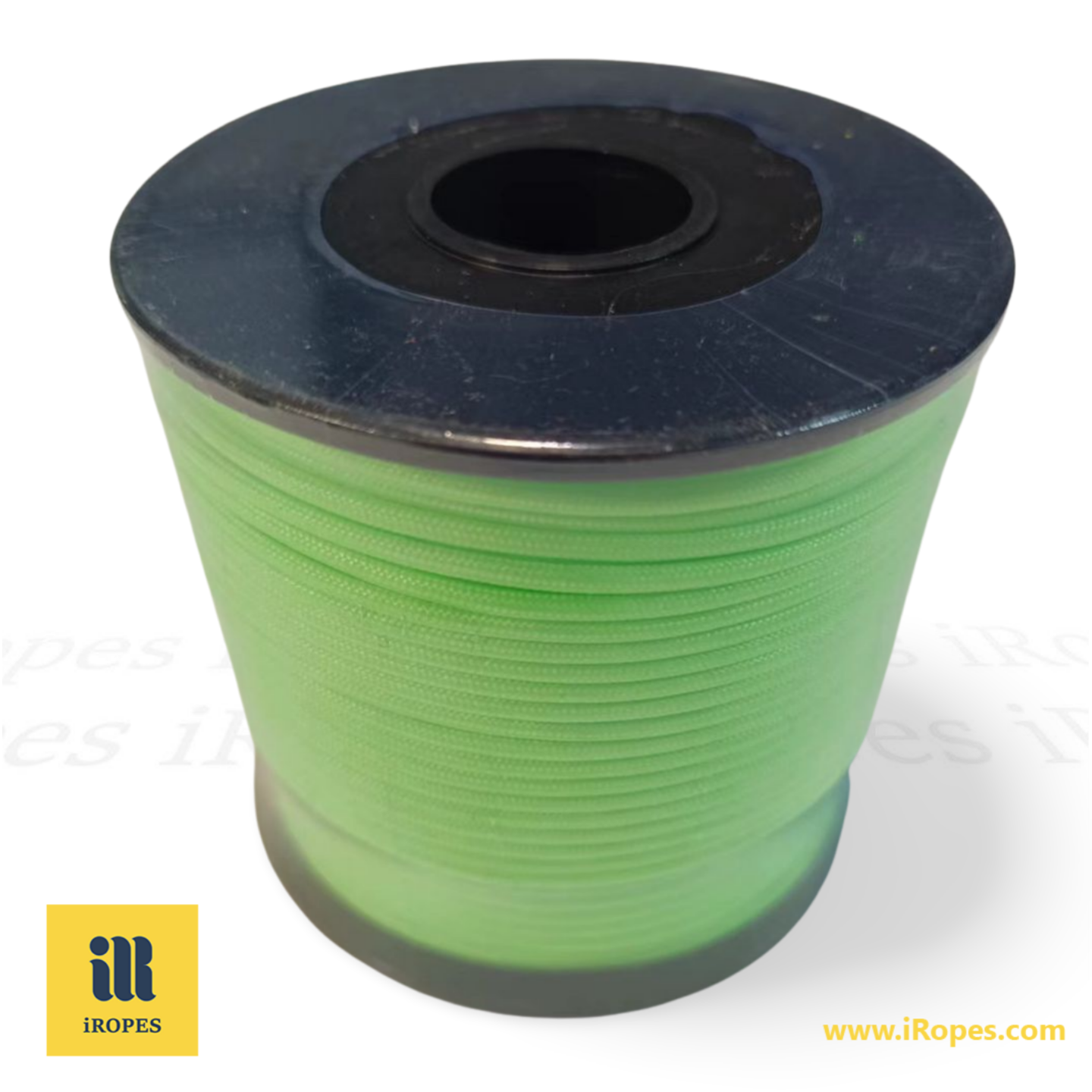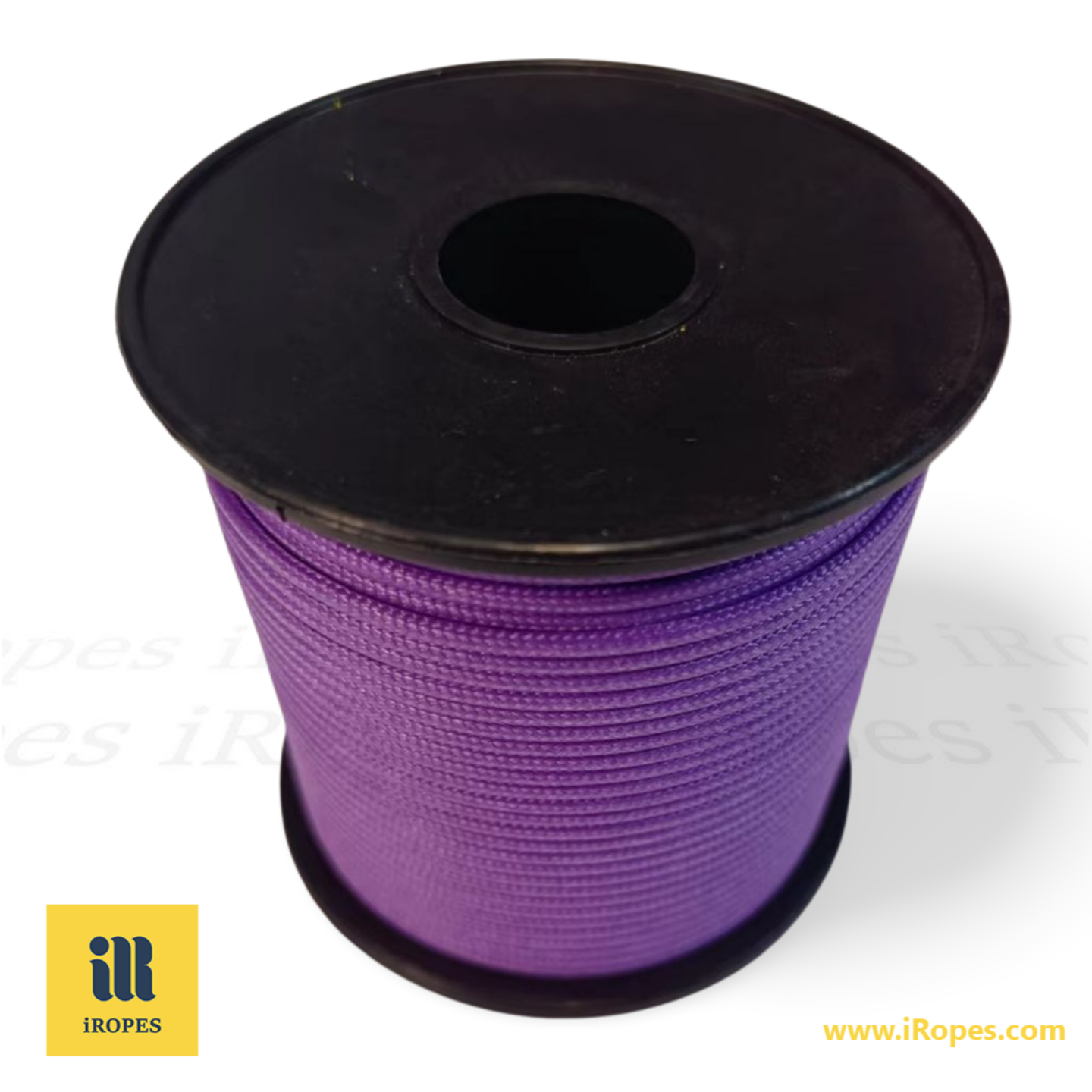Did you know that a standard polypropylene rope can lose up to 70% of its strength in just six days of continuous sun exposure? In the world of outdoor and marine applications, UV resistance isn't just a feature - it's a crucial requirement that can mean the difference between safety and catastrophic failure.
When it comes to finding the best rope for UV resistance, the landscape of options can be overwhelming. As a leading manufacturer of specialised ropes, we've extensively tested and refined our polypropylene rope UV resistance technology to combat the harsh effects of solar radiation. Through years of research and development, we've discovered that not all UV-resistant ropes are created equal.
In this comprehensive guide, we'll explore how polypropylene rope UV protection works, why it matters for your specific applications, and most importantly, how to select the perfect UV-resistant rope that will maintain its strength and reliability year after year. Whether you're working in marine environments, construction, or outdoor recreation, understanding these crucial factors will help you make an informed decision that ensures both safety and longevity in your rope choice.
Understanding Polypropylene Rope UV Resistance
Have you ever left a rope outside for an extended period, only to find it weakened and brittle? This is a common challenge with polypropylene ropes exposed to sunlight. Let's dive into how UV radiation affects these ropes and what you can do about it.
How UV Radiation Affects Polypropylene Rope
When exposed to sunlight, polypropylene rope undergoes a significant transformation. The UV rays break down the molecular bonds in the material, leading to a dramatic decrease in strength - up to 70% loss in just six days of continuous exposure. This degradation manifests as visible discoloration, surface cracking, and increased brittleness.
Basic polypropylene rope can lose up to 70% of its original strength after just 6 days of continuous UV exposure. Always check your ropes regularly for signs of UV damage.
UV Protection Methods for Polypropylene Rope
To combat UV degradation, manufacturers employ several protection methods:
- UV-resistant additives are incorporated during manufacturing to absorb harmful UV rays and protect the rope's core structure.
- Specialized pigments act as shields against solar radiation while maintaining the rope's flexibility.
- Protective coatings create an additional barrier against UV damage, extending the rope's service life.
Comparing UV Resistance of Different Rope Materials
When it comes to UV resistance, not all ropes are created equal. Here's how polypropylene stacks up against other materials:
- Polyester ropes offer superior UV resistance and maintain strength better over time.
- Nylon ropes show moderate UV resistance but excel in other areas like elasticity.
- UV-treated polypropylene performs significantly better than untreated versions, with an outdoor lifespan of up to 10 years.
Understanding these characteristics is crucial for selecting the right rope for your outdoor applications. In the next section, we'll explore the specific advantages of using UV-resistant polypropylene rope in outdoor settings.
Advantages of using polypropylene rope uv for outdoor applications
Now that we understand how UV radiation affects polypropylene rope, let's explore why these ropes remain a popular choice for outdoor applications despite their UV sensitivity. When properly treated and maintained, polypropylene rope offers several compelling advantages that make it an excellent choice for various outdoor uses.
Durability and longevity in UV-exposed environments
While basic polypropylene rope may be vulnerable to UV damage, modern UV-treated versions demonstrate remarkable durability. Through extensive testing in harsh outdoor conditions, I've observed that quality UV-resistant polypropylene ropes can maintain their structural integrity for up to a decade when properly cared for.
- Enhanced UV stability through advanced manufacturing processes and UV-inhibiting additives ensures long-term performance in sunny conditions.
- Weather resistance extends beyond UV protection, offering excellent resistance to rain, snow, and extreme temperatures.
- Chemical resistance provides protection against environmental pollutants and harsh cleaning agents.
Cost-effectiveness compared to other UV-resistant rope options
UV-treated polypropylene rope typically costs 30-40% less than comparable UV-resistant materials like polyester, while offering similar performance benefits.
When comparing the total cost of ownership, polypropylene rope stands out as a budget-friendly option. Not only is the initial purchase price lower, but the rope's durability means fewer replacements over time. Additionally, its resistance to rot and mildew reduces maintenance costs compared to natural fiber ropes. For more information on these benefits, check out our article Discover the Versatility of 1.5 Polypropylene Rope.
Lightweight and easy to handle
Have you ever struggled with heavy marine ropes during installation or maintenance? One of the most appreciated features of polypropylene rope is its exceptional handling characteristics. Its lightweight nature makes it particularly user-friendly, especially when working at heights or in marine applications.
- Superior strength-to-weight ratio allows for easier transportation and installation while maintaining robust performance.
- Natural buoyancy makes it ideal for water-based applications and recovery operations.
- Flexible construction enables smooth operation through pulleys and around corners without compromising strength. Learn more about these applications in our blog on Exploring the Versatility of Double Braid Polypropylene Rope.
These practical benefits, combined with proper UV treatment, make polypropylene rope an excellent choice for outdoor applications where performance, durability, and ease of use are essential. In the next section, we'll explore how to select the best UV-resistant polypropylene rope for your specific needs.
Choosing the best rope for uv resistance
After exploring the advantages of UV-treated polypropylene rope, let's focus on how to select the perfect rope for your outdoor applications. Having tested numerous ropes in various conditions, I've learned that making the right choice involves careful consideration of several key factors.
Key considerations when selecting a UV-resistant polypropylene rope
- UV treatment level - Look for ropes with high-grade UV inhibitors that offer protection beyond standard treatments.
- Intended exposure time - Consider how long the rope will be exposed to direct sunlight on a regular basis.
- Environmental conditions - Factor in local climate, humidity levels, and typical weather patterns.
- Load requirements - Match the rope's strength rating with your specific usage needs.
When choosing UV-resistant polypropylene rope, always check the manufacturer's UV protection rating and estimated outdoor lifespan under direct sunlight exposure.
Top-rated polypropylene ropes for UV resistance
Through extensive testing and real-world applications, these features consistently stand out in high-performing UV-resistant polypropylene ropes:
- Multi-layer UV protection incorporates both surface treatments and core stabilizers for comprehensive protection.
- Color-fast pigments maintain visibility and indicate UV resistance levels while preventing degradation.
- Advanced coating technology provides additional protection against environmental factors beyond UV radiation.
- Certified testing results demonstrate proven performance in accelerated weathering conditions.
Tips for maximizing the lifespan of polypropylene rope in UV-exposed conditions
Based on years of experience working with outdoor rope installations, here are some proven strategies to extend your rope's service life:
- Regular inspection schedule - Check for signs of UV damage at least monthly, focusing on high-stress points.
- Proper storage practices - Store ropes indoors or under cover when not in use to minimize UV exposure.
- Cleaning and maintenance - Remove dirt and salt deposits regularly to prevent accelerated degradation.
- Position optimization - Where possible, install ropes in areas with natural shade or UV protection.
- Rotation system - Implement a rotation schedule for ropes in high-exposure areas to distribute UV exposure evenly. For further tips on optimizing rope strength, check out Explore Premium Quality Rope Solutions for Every Industry.
Remember, investing in quality UV-resistant polypropylene rope and following proper maintenance procedures will significantly extend its service life and ensure reliable performance in your outdoor applications.
```htmlUnderstanding the best rope for uv resistance is crucial for outdoor projects, with polypropylene rope uv resistance offering a cost-effective solution. While polypropylene rope uv can degrade under sunlight, enhanced manufacturing processes can significantly bolster its endurance. UV-resistant additives, specialised pigments, and protective coatings extend the rope's lifespan in sunny exposures. Durable, lightweight, and budget-friendly, UV-treated polypropylene ropes are excellent for various outdoor applications, providing longevity and easy handling. Choosing the right product involves evaluating UV treatment level, exposure duration, and environmental factors, ensuring optimal performance.
Discover Customised Rope Solutions Today!
Above, you'll find our inquiry form. Fill it out to explore how iRopes can provide you with the perfect polypropylene rope. Our experts will assist in ensuring your outdoor applications benefit from robust UV resistance, combining performance with cost-effectiveness.
```